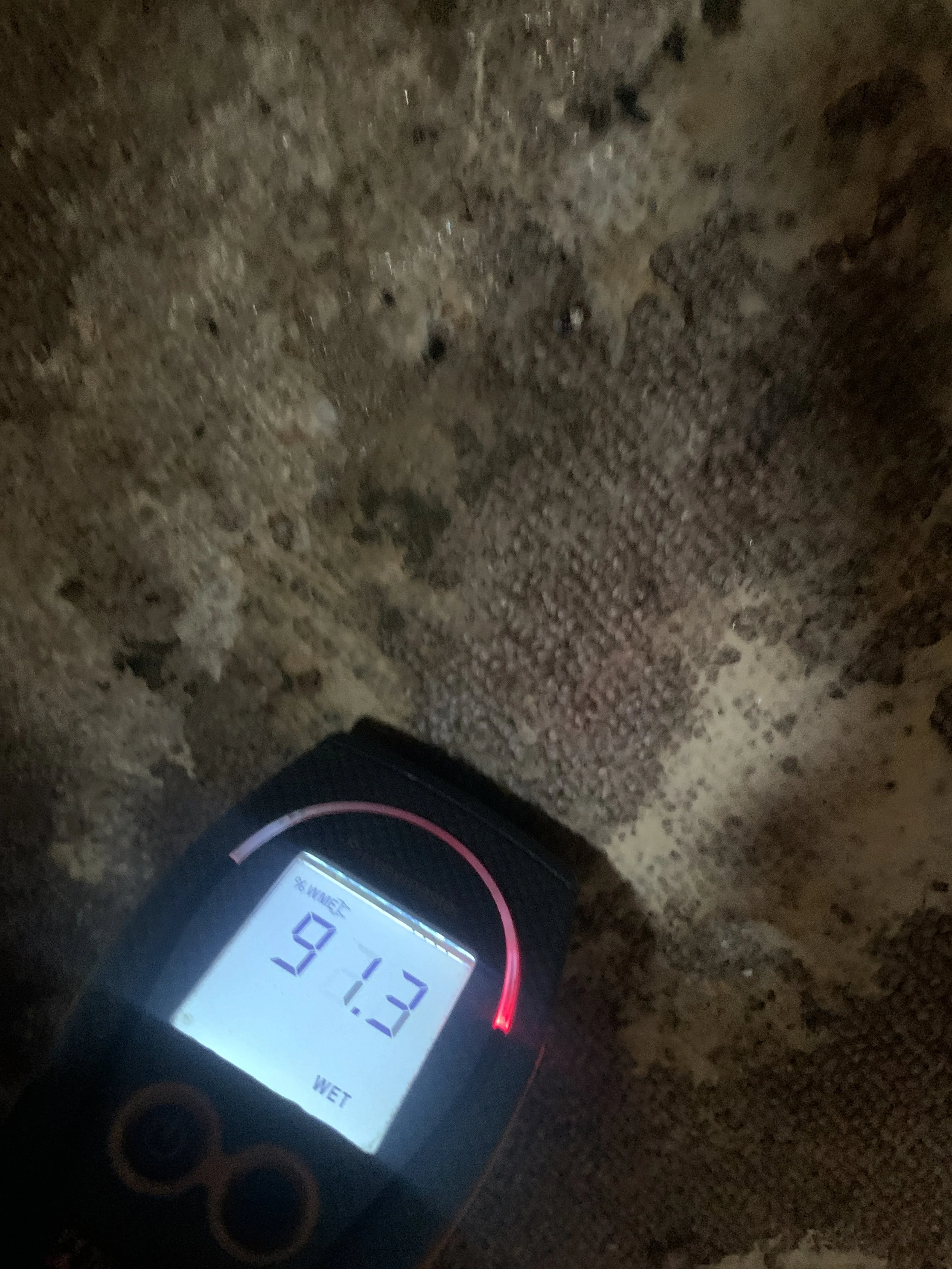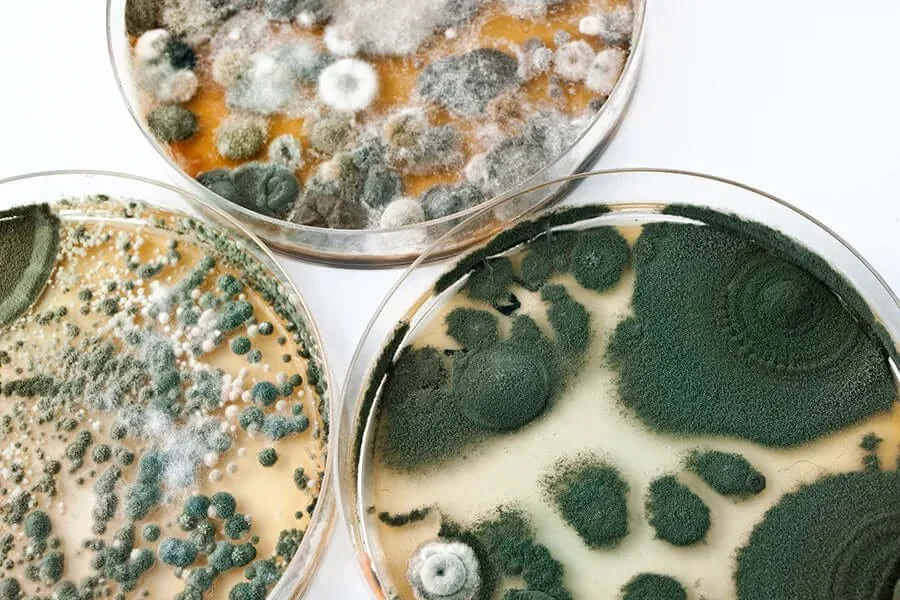
Mould Testing & Solutions
Mould Testing – Why It Matters
At Brighton Damp Proofers, mould testing helps us identify hidden issues, protect indoor air quality and verify whether remedial work has been successful. Research shows indoor/outdoor spore ratios and thresholds (such as the 1000 spores/m³ benchmark) are essential for interpreting results.
What Is Mould Testing?
Mould testing analyses air or surface samples to measure fungal spores and identify whether indoor levels indicate hidden growth. Research highlights the importance of indoor/outdoor ratios and benchmarks such as the 1000 spores/m³ threshold.
Source: MedCrave Review (2025).
1. Detecting Hidden Mould
Mould frequently grows behind walls, under floors and in poorly ventilated areas where it isn’t visible. Testing can reveal hidden amplification early.
Sources: MedCrave (2025); UCL Housing Study.
2. Protecting Health & Indoor Air Quality
Damp and mould can trigger respiratory irritation and worsen asthma, making accurate assessment essential. Testing provides measurable data to evaluate risk.
Sources: UK Government Guidance; MedCrave (2025).
3. Confirming Successful Remediation
After works such as damp-proofing, membrane installation or render repair, testing verifies that spore levels have reduced and the environment is safe again.
Sources: MedCrave (2025); PMC Indoor Microbial Review (2024).
How We Test Your Property
When attending a property, we carry out a full inspection to understand the moisture conditions behind any mould growth. This includes:
Thermal imaging to identify cold spots, hidden moisture and thermal bridging;
Targeted sampling, where upon request we can take surface swabs and air samples; from our specialised Airpumps.
Laboratory analysis, with all samples sent to an accredited lab for clear, professional results.
This combined approach ensures accurate diagnosis and appropriate recommendations.
When Testing Is Recommended
Visible mould with suspected hidden growth
Occupant health symptoms
After historic damp, flooding, fire or water ingress
Verification after remediation
Source: CCNSE Guidance.


